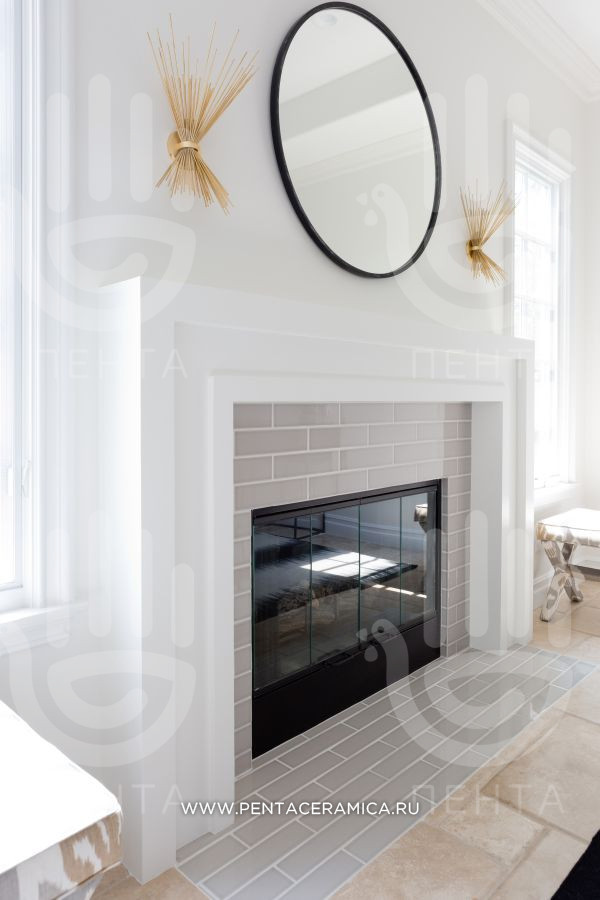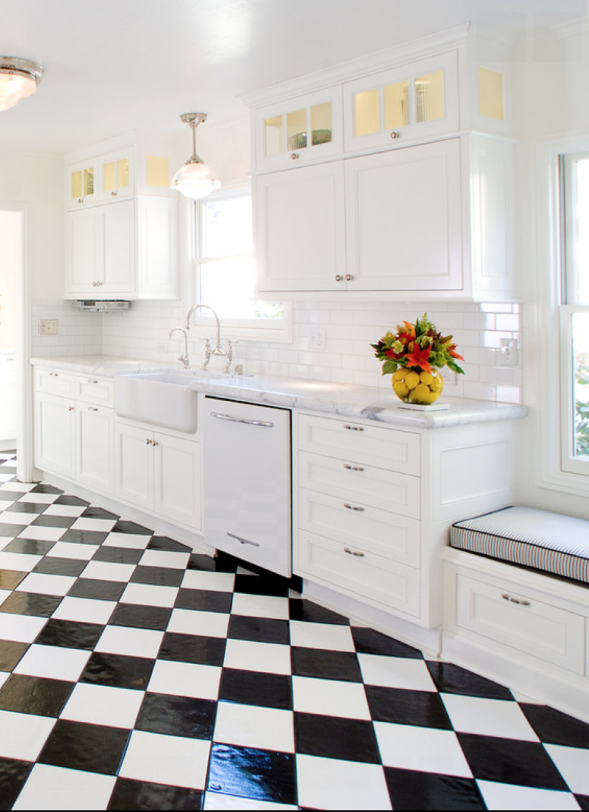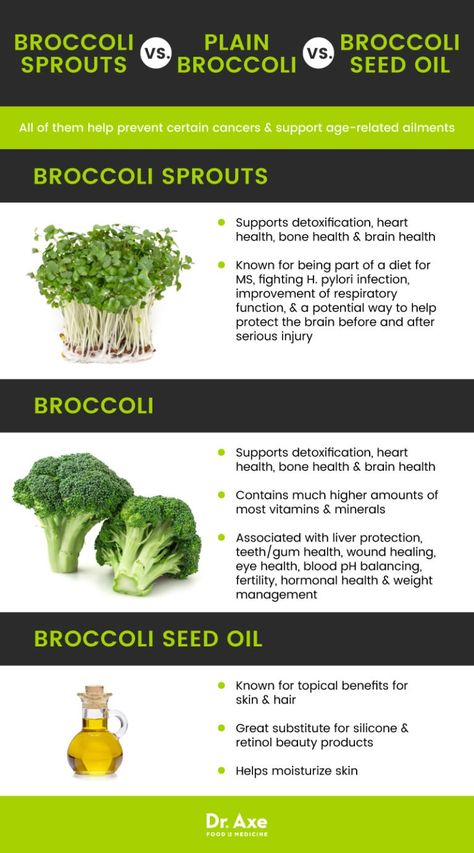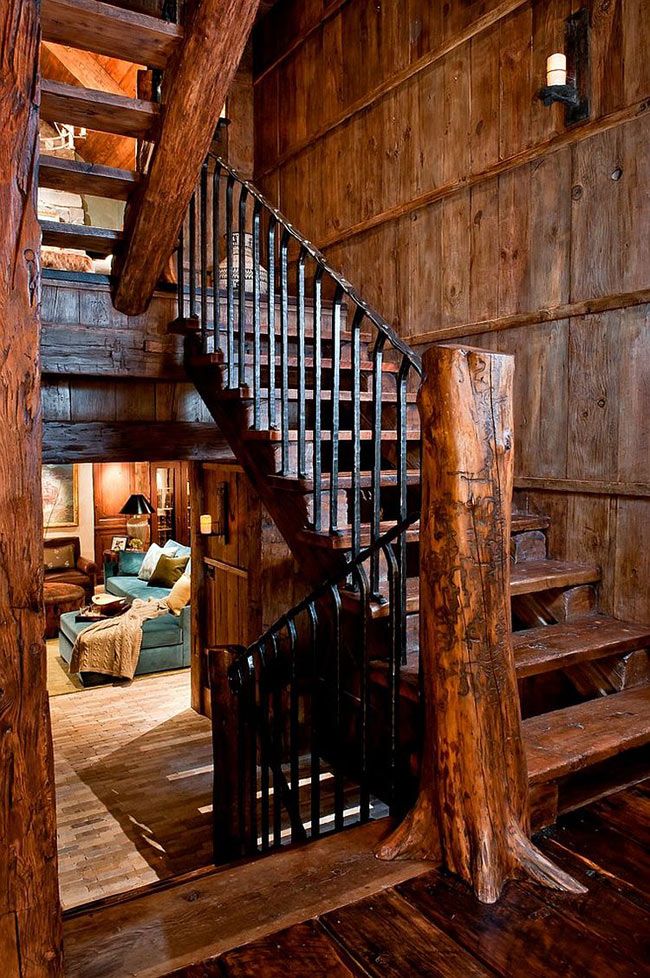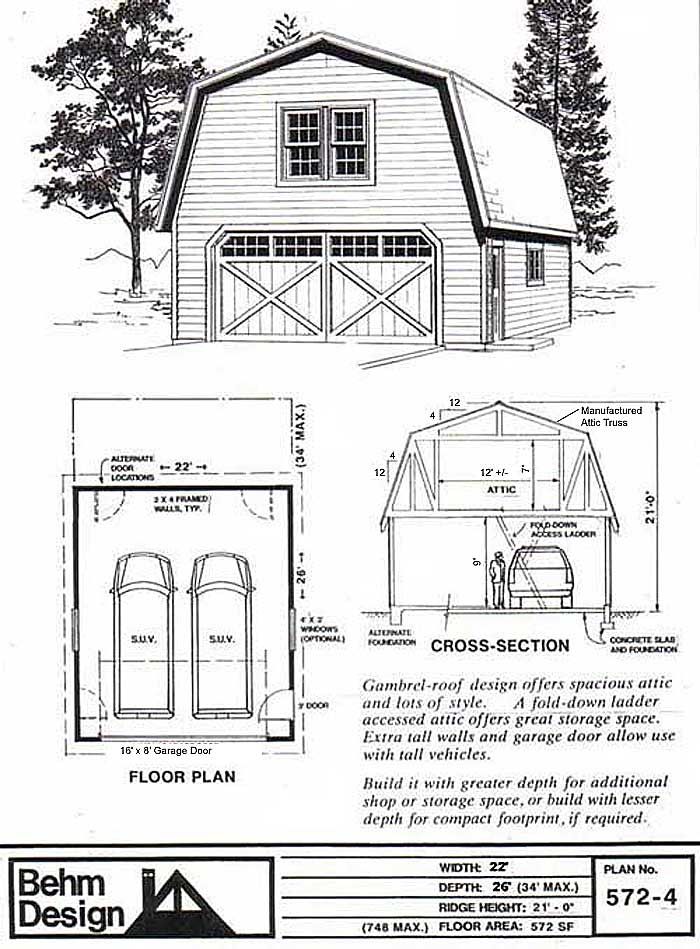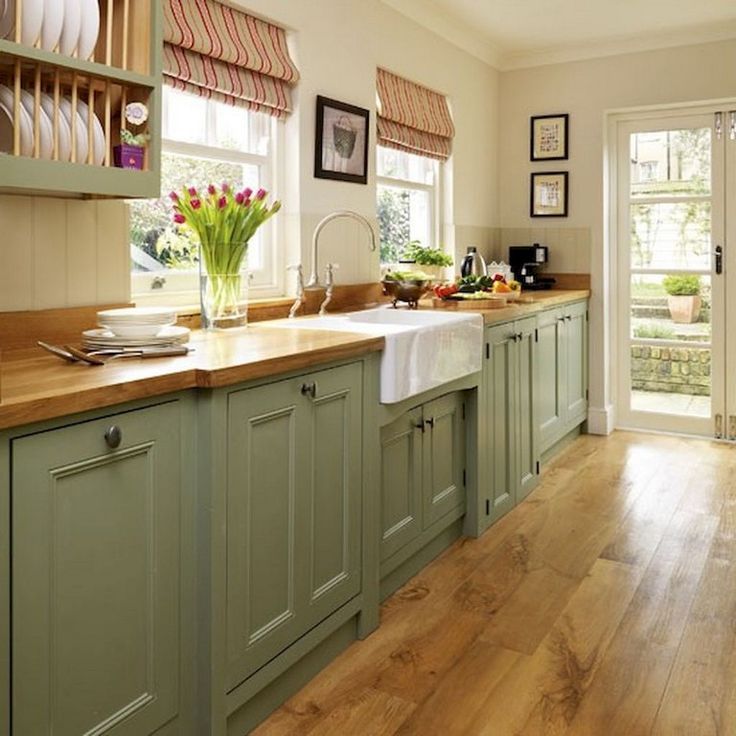Bbb method for pools
BBB Method of pool care
Can regular household items be used to maintain your swimming pool? It sounds fanciful at best and if you have ever been in your local pool store you will surely doubt this method. But the BBB method was started by PoolSolutions and the term was coined by CarlD. It stands for Bleach, Baking Soda and Borax. The only other chemical you will need on a regular basis is Muriatic Acid which I will cover later in this article. There are wide misconceptions about using bleach in your swimming pool as a sanitizer. Let me lay all doubts aside. This will not turn your pool plaster yellow, nor will it create Ammonia and create cloudy water. Reality: it is the exact same thing as the liquid chlorine sold in your local pool store and used by pool service companies - just a little weaker in chlorine content. Clorox bleach contains Sodium Hypochlorite same as liquid chlorine. I use 12.5% liquid chlorine on my route and most bleach is 6%-9% by content. If the pool sales clerk tells you otherwise just nod, smile and leave graciously.
SALTWATER SYSTEMS: I just want to touch briefly on a variation of the BBB method, that being using a Salt Water Generator (SWG) to add sanitizer instead of the bleach. Without breaking things down too much here is the basic formulas. Adding bleach to the pool looks like this: NaOCI + h30 ---> HOCI + Na+ + OH-HOCI is the bacteria, microorganism, and virus killing element in the bleach. Salt Water Generators do basically the same thing: Salt is converted CI2 is made from CI- with electricity - reacts with h3O to produce HOCI. Your average salt cell will produce the equivalent of one gallon of bleach each day.
BAKING SODA: A 5 lb. bag of Baking soda at Walmart is $3.47. A 5 lb. bag of Alkalinity Up at your pool store is $14.99. Both have 100% active ingredient sodium bicarbonate. Are you scratching your head now? Baking soda is used to raise the Alkalinity in your swimming pool without moving the needle on the pH level much at all. I know Arm & Hammer is running YouTube Ads promoting the use of Baking Soda to raise your pH and technically it will, but it will take large amounts of it to do so at the cost of raising your alkalinity pretty high also. If you feel uncomfortable with adding Baking Soda to your pool to raise the alkalinity, go ahead and purchase a bag of Alkalinity Up at your local pool store. The bag looks cooler ;)
If you feel uncomfortable with adding Baking Soda to your pool to raise the alkalinity, go ahead and purchase a bag of Alkalinity Up at your local pool store. The bag looks cooler ;)
BORAX: There has been a push in my industry in the last couple of years to get Pool Guys to start using Borate instead of Soda Ash to control and raise the pH in the pools on our route. It is a good idea since the misuse of Soda Ash can really screw up your pool chemistry. I've been to pools where the owner has added loads of Soda Ash - pH 8.4+ and Alkalinity 200+. Using Borax is much safer and easier. You can find this brand in your local store in the Laundry aisle. You need to note however that the Alkalinity level effects the amount of Borax needed more so than if you use Baking Soda or Soda Ash. Use this website to correctly calculate the amount of Borax to use:https://www.poolcalculator.com/
Some side benefits of Borax is that the Borate Acid will inhibit algae growth and your water will look more sparkling and soft. I will write a separate article on Borax
I will write a separate article on Borax
MURIATIC ACID: This is the safest way to lower both Alkalinity and pH. The dry acid has been known to stain your pool surface when used incorrectly and you will need larger amounts of it to achieve similar results that liquid 31% Muriatic Acid can achieve. Just remember that the pH and Alkalinity are tied together so lower one will also lower the other. Basically, if the pH gets above 7.8 and the Alkalinity is over 120 you will need to lower both with the acid. If you have a good test kit it will have an Acid Demand test. use that to determine the amount of acid to add to your pool.
KNOW YOUR POOL SIZE: Just about every chemical calculation is based on 10,000 gallons of pool water. So knowing your pool size is critically important. You can't just stand there and guess how much water is in there. It is actually quite deceiving sometimes how large your pool actually is.
GET A GOOD TEST KIT: You can't do the BBB Method unless you know how to test your pool water.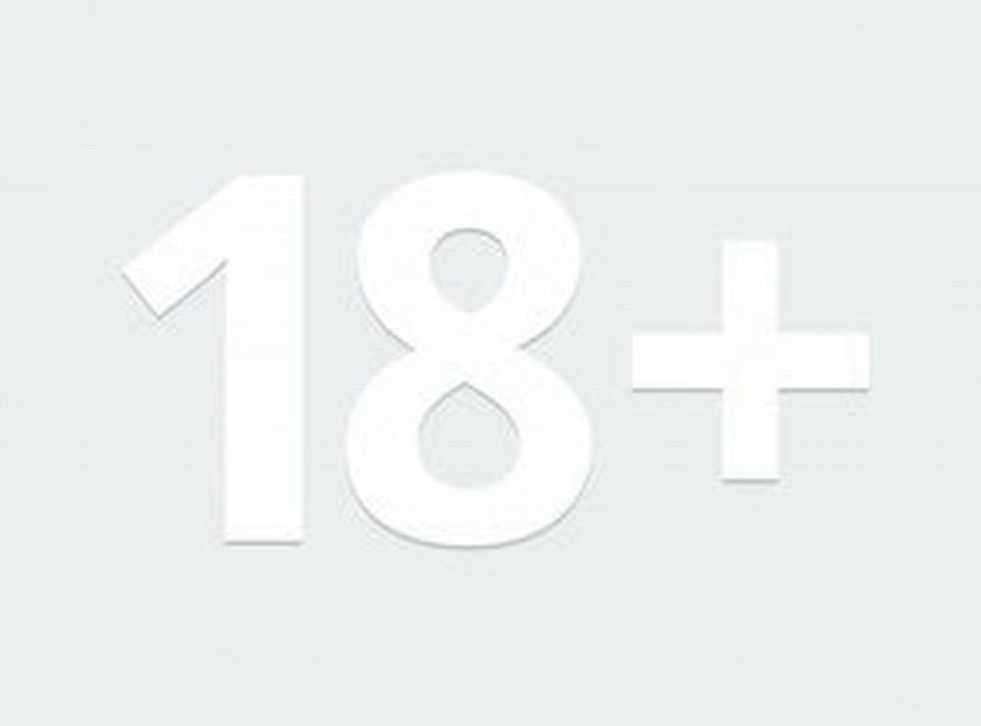 I suggest a Taylor Test Kit as they are the best. Depending on how large your pool is and how hot it gets in the Summer you will have to test your water at least once a week or in some cases every other day. You can also use a basic 5-in-1 test kit and I recommend using test strips just to double check your readings.
I suggest a Taylor Test Kit as they are the best. Depending on how large your pool is and how hot it gets in the Summer you will have to test your water at least once a week or in some cases every other day. You can also use a basic 5-in-1 test kit and I recommend using test strips just to double check your readings.
OTHER FACTORS: One thing you will need to test at the beginning of the pool season is your Conditioner level. Conditioner or Cyanuric Acid is used to protect the Bleach from the Sun's UV rays. The Cyanuric Acid will bond at a molecular level to the chlorine molecule slowing down the rate at which the sun destroys it. The Sun will still destroy the chlorine level but at a much slower rate. Simply put the Cyanuric Acid molecule will bond and then un-bond to the chlorine molecule continuously thus allowing the HOCI to kill bacteria and micro-organisms when it is unbounded and protect it from the Sun when it is bonded. Granular which both contain large levels of Cyanuric Acid (about 50% by weight). The drawback is that high levels of Conditioner in the water will slow down the kill rate of the chlorine, create chlorine resistant algae and require higher and higher levels of chlorine in the pool to create an active chlorine level.
The drawback is that high levels of Conditioner in the water will slow down the kill rate of the chlorine, create chlorine resistant algae and require higher and higher levels of chlorine in the pool to create an active chlorine level.
FINAL TIPS: Part of successfully doing the BBB method requires having
good working pool equipment, a clean filter and time to clean your pool regularly.
How To Clean Your Pool {On Your Own with Grocery Store Products}
With September around the corner, you might think this is an awful time to talk about pool maintenance and I’d probably agree with you except that many pool owners are SICK of their pools right now and I’d like to offer some help in their weakest moment.
The pool is turning green AGAIN. The water is cloudy AGAIN. You haven’t seen sparkling water EVER. And worse, you’ve dumped half your earnings at the local pool store this summer. If that’s you, then LISTEN UP!
Getting Desperate
We’ve had our above-ground pool probably 5 years or so. We opened our pool mid-May this year. I always have a hard time getting the water clear so I wanted an extra head start. I started going to the pool store 2-3 times a week. They’d check chemicals and I always had $50-100 worth of chemicals to take home. They would always say if it doesn’t clear up in 2-3 days, come back, so I did even when I followed their instructions to a T to no avail.
We opened our pool mid-May this year. I always have a hard time getting the water clear so I wanted an extra head start. I started going to the pool store 2-3 times a week. They’d check chemicals and I always had $50-100 worth of chemicals to take home. They would always say if it doesn’t clear up in 2-3 days, come back, so I did even when I followed their instructions to a T to no avail.
Four weeks later in mid-June, most of the green was gone but the water was never clear even though the pool store guys kept telling me the numbers were perfect.
Finding Help
I was so frustrated, I hopped on Google and soon found myself on poolforum.com begging for help (here’s my original thread).
After reading about all of their success, I officially switched our pool to the BBB method. The B’s stand for Bleach, Borax and Baking Soda.
The BBB method means, ALL our pool’s chemical needs are taken care of by grocery store ingredients and not unnecessary, expensive pool store chemicals. Just a few weeks later, I had clearer water than we’ve ever had it.
Just a few weeks later, I had clearer water than we’ve ever had it.
I haven’t been to the pool store now in two months and my pool is perfectly balanced and respectfully clear.
The BBB Method
I’m not going to attempt to teach you the entire system but give you an overview.
The first step is to buy yourself one of these Taylor test kits. I know it looks all science-y but I promise, if you can count to 20 you can do this. It’s kind of pricey, but if you’ve been going to the pool store regularly, you can handle pricey and I promise you will get every single cent back you pay for this.
The instructions that come with the kit are super easy and it’s literally just putting water in a tube and then counting drops of chemicals into the water and noting them.
The main goal each day is to keep your chlorine at a target level. Your target level is determined by the amount of CYA (cyanuric acid), which is also measured in your kit. There’s a handy chart over here to tell you your target Chlorine based on your CYA.
There’s a handy chart over here to tell you your target Chlorine based on your CYA.
Once you have your CYA, then based on your pool size, you find out how much bleach will raise your water 1 ppm. So, in my case, I know that 1 Liter bleach of will raise my Chlorine level by 1ppm. So, one gallon of bleach will raise my chlorine 4 ppm.
At first, I would test every night and morning to see how much bleach I needed but I’ve found it is very normal that I lose about 4ppm every day from the sun and activity so my regular chore is to pour 1 gallon of bleach in the pool at night.
That’s it!
We spend about $15 a WEEK on bleach and the best part is I don’t have to go to the pool store! We just pick some up at Walmart when we’re there!
More Numbers
Now, as you know there are more numbers the pool store looks at. pH and Alkalinity are two of them. Those can also be adjusted using simple chemicals.
Your pH target is 7.2-7.8 and you can raise it with Borax—yes that stuff in the laundry detergent aisle. I’ve only had to do that twice this summer and it only takes 1 cup of it at a time. pH is lowered with Muriatic Acid from Lowe’s/Home Depot but thankfully I haven’t had to mess with that all summer.
I’ve only had to do that twice this summer and it only takes 1 cup of it at a time. pH is lowered with Muriatic Acid from Lowe’s/Home Depot but thankfully I haven’t had to mess with that all summer.
Your Target Alkalinity is 120ppm but it doesn’t change much and I haven’t had to mess with that all summer. It’s easily raised with simple baking soda.
That’s the basics but you can read more here.
Lessons Learned
It’s definitely been a different summer with our pool and here’s a few things I learned:
- Trust the fine folks at poolforum.com. They are the true heroes here. If you just get the kit, post your issue and numbers and then commit to BBB method, they will stick with you until your water is clear. I still can’t believe it’s all free.
- Once you stick with them and read other posts, you’ll see the trends and start to understand what they’re doing. Once you know your targets and how much you need, it’s easy to maintain yourself.
 It’s just as easy as reading a thermometer and giving your child Tylenol if it’s too high.
It’s just as easy as reading a thermometer and giving your child Tylenol if it’s too high. - The pool store chemicals raise numbers that you don’t need it to raise. For example, your standard powder chlorine (pool geeks are dying at my naming) also raises your CYA levels. Target CYA is something like 40-50 so you could be putting chemicals in there that you don’t need.
- Always, always take the steps out at the start of each pool season. We regret not doing it every time.
- Change your filter’s sand. This can really hinder your pools ability to clear your water.
- Get yourself a skimmer sock. It saved us from a ton of backwashing and annoying basket-cleaning. I also make this a daily task. It’s not hard and so worth it.
- Most of all, like many things, no one cares about your stuff more than you. Take control of your pool and take care if it daily. This really isn’t a problem with the pool store, but the understanding that it needs daily care from US as owners.
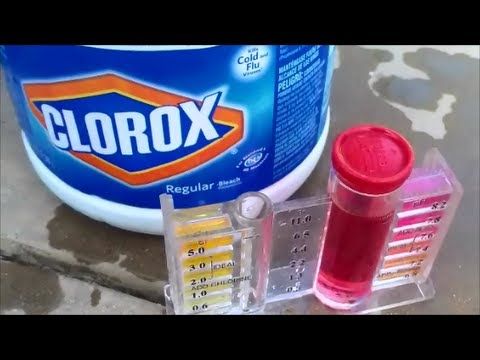 Understanding how to care for it daily without trips to the pool care specialist is paramount.
Understanding how to care for it daily without trips to the pool care specialist is paramount.
I can’t tell you how happy I am to be spending less money and less time with more results and more appreciation for our pool.
You can get started at the forum or find them on their newly launched blog, Facebook or Twitter accounts. I’m not being compensated for this post, just want fellow pool owners to find the same success!
Ideological vulnerability, attack on cryptocurrency mining pools / Sudo Null IT News
All mining pools, including p2pool , have one very simple and unpleasant ideological vulnerability, with which you can reduce the pool's total income relative to its total capacity. The attacker can 'punish' the pool by an amount comparable to the attacker's capacity revenue, in fact the entire reward paid to him by the pool. And the greater the power of the attacker and the longer the attack continues, the greater the chance that these pool losses will approach this value. And most importantly, such an attack costs the attacker practically nothing. nine0005
And most importantly, such an attack costs the attacker practically nothing. nine0005
This is especially true for owners of large capacities, comparable to the capacity of the pool itself.
This is not a vulnerability in the bitcoin protocol, because it can be done for any modern cryptocurrency, this is not a vulnerability in the code of mining pools - this is an ideological vulnerability in the method of determining the method of calculating rewards in distributed computing.
Mining pools pay their users not for the blocks found, but for the power that users put into the pool. Absolutely all existing methods of calculating PPS/PPLNS/Prop/… are based on the fact that payment is made for the shares received by the pool - private solutions, one of which can be the target solution of the pool to collect a block in the bitcoin network. And the problem is that the miner, finding a solution, knows which of them is the target for the pool, and which is the usual one. This is determined by the complexity for which this particular solution is suitable, if it is greater than the complexity of the network, then this solution is targeted. nine0005
nine0005
For example, the popular cgminer utility displays information on each found share in its window.
For example, this line: [2013-03-10 20:17:16] Accepted 03316740 Diff 80/52 AVA 0 pol 0
80 is the difficulty for which this ball is suitable as a solution, and 52 is the difficulty that was requested by the pool when issuing the task to the miner. The pool pays based on this complexity of 52.
It is enough for an attacker miner not to send solutions to the pool that are targeted for finding a block (i.e. with complexity >= current power), these are a few changed lines in the miner code (in the given screenshot, this complexity indicated above - 4.37M). The pool will still pay for the rest of the balls, but the block will not be received from the miner! It turns out the cost of the attack, for the PPS payout method - one single ball for each block not received by the pool, for other methods, the estimate of the cost of the attack will be comparable to the share of the damage caused, equal to the ratio of the pool power to the power of the attacker.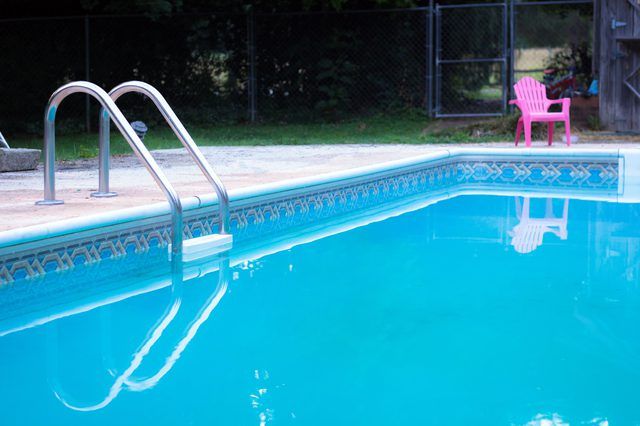 nine0013 This means that if an attacker continues to do this long enough, he will drive the pool into a debt hole for PPS or significantly reduce the profit of pool users for other payout methods. For the pool, this will look like a prolonged increased failure.
nine0013 This means that if an attacker continues to do this long enough, he will drive the pool into a debt hole for PPS or significantly reduce the profit of pool users for other payout methods. For the pool, this will look like a prolonged increased failure.
Such an attack can be detected statistically by simply calculating the power of the miner and the number of blocks it found. But the maximum that the pool can do is to ban the violator after a successful attack , and it will not be difficult for the attacker to create a new account. nine0005
The purpose of this attack may be a competition between mining pools, where if the attacking pool hides the task that the miner is solving (this happens when using old mining protocols, unlike the new stratum type), then he can redirect some or all of his capacity per attacked pool as its regular clients.
But even with the latest protocols, how many miners really control what task the pool gives them? No mining client I know of performs this check and provides mechanisms for specifying conditions by which it can determine whether this is the task that the pool promises? At most, a message will be issued in case, when using the new stratum protocol, the pool continues to hide the contents of the collected block.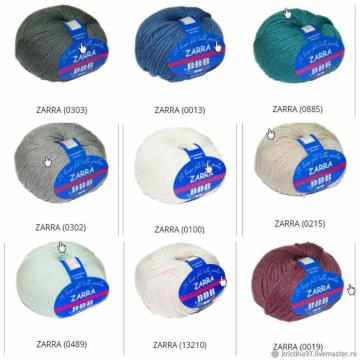 nine0005
nine0005
upd: thanks to Balthazar, links to more detailed analysis of different payout methods on pools 4943/what-is-a-block-withholding-attack
permalink.gmane.org/gmane.comp.bitcoin.devel/1112
bitcoin.stackexchange.com/questions/1338/how-is-block-solution-withholding- a-threat-to-mining-pools
Top 7 most profitable mining pools for beginners / Sudo Null IT News0001
Why is it better to mine on a pool and not individually? The answer is simple - when mining on a pool, your income will be more stable, because you will receive a certain part of the rewards of the entire pool.
There are many pools, and if you are new to mining, it can be quite difficult for you to choose. This article will make your life easier - it will tell you about the best mining pools.
Hiveon
Both Ethereum and Ethereum Classic can be mined on the Hiveon pool. One of the distinguishing features of this pool is the absence of pool fees and transaction fees.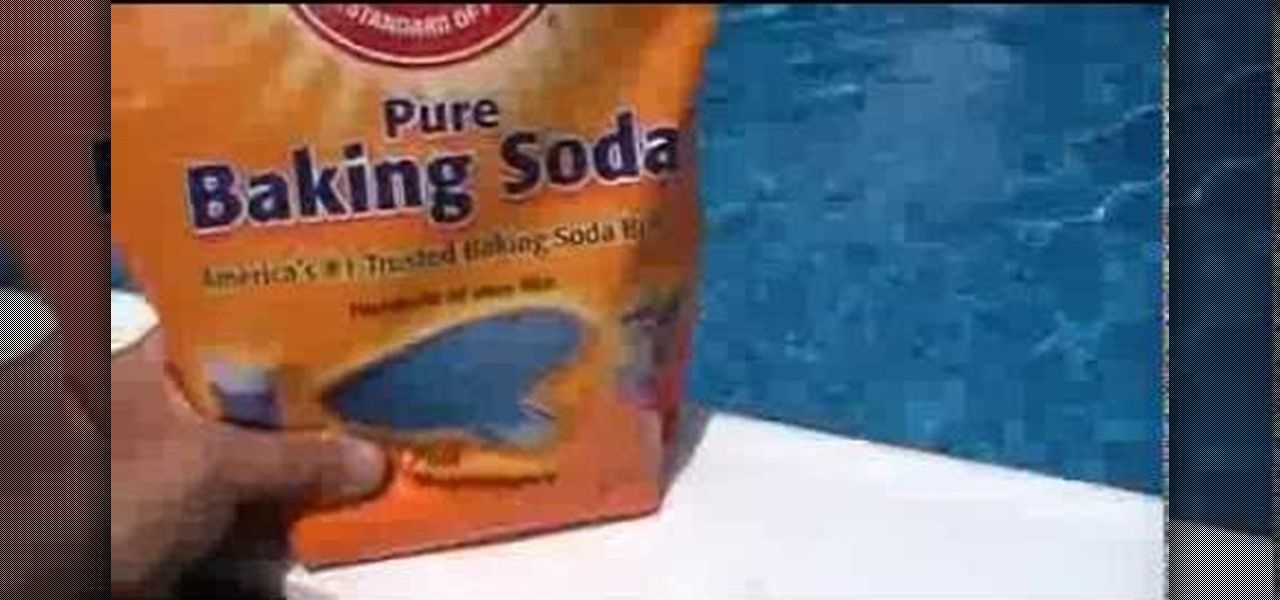 nine0005
nine0005
- PPS+ payout model (you will receive a payout for every valid share sent to the pool, no matter how long ago you joined the pool).
- The pool fee (for both coins) is 0%.
- The pool also pays all transaction fees.
- Servers are located in Russia, Europe, North America and Asia (for ETC - in Russia, Europe and Asia).
- The minimum payout threshold is only 0.1 ETH (or 1 ETC). nine0055
- Payments are made daily.
- Paid users of the system for monitoring and managing Hive OS can pay for it at the expense of the commission for mining on the pool (3%). However, if you have more than 50 devices, the commission will be even less - you will receive a discount.
- 24/7 multilingual support.
Ethermine
Ethermine is one of the best pools dedicated to Ethereum mining. Take a look at its specs:
- PPLNS payout model (payouts are made based on the average number of shares sent during the last number of blocks).
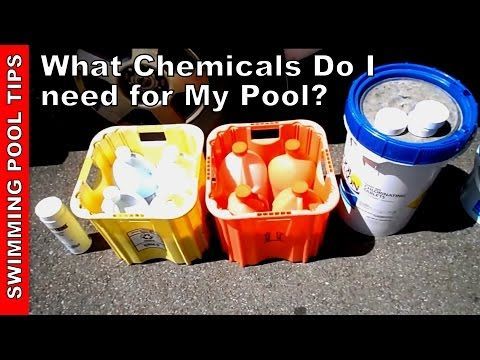 Please note that due to this system, you will not start earning on the pool immediately, but after some time. On the other hand, it's a great choice for conscientious miners who don't plan on jumping out of the pool.
Please note that due to this system, you will not start earning on the pool immediately, but after some time. On the other hand, it's a great choice for conscientious miners who don't plan on jumping out of the pool. - The pool fee is 1%.
- The pool pays transaction fees.
- The pool servers are located in Europe, Asia and the USA. nine0055
- You can set the minimum payout threshold and even mine anonymously.
- Payouts are made instantly.
SparkPool
SparkPool allows you to mine coins such as ETH, CKB, GRIN_29, GRIN_32 and BEAM. Check out its specs:
- PPS+ payout model.
- The pool fee is 1%.
- Payments are made daily.
- Server locations:
- ETH: Mainland China, Korea, Japan, and Southeast Asia.
- CKB: Mainland China, Europe and Asia.
- GRIN_29, GRIN_32 and BEAM: Chinese mainland, Asia, Europe, USA.
- Registration is optional, you can mine anonymously (but not all pool functions will be available to you).

- 24/7 support.
- Reliability and safety.
F2POOL
You can mine many coins on the F2POOL pool: BTC, BCH, ETH, ETC, LTC and so on. In total, the pool supports over 40 cryptocurrencies. nine0005
The payout model depends on the selected coin (PPS or PPS+). In the case of PPS, you will also receive a reward for each share sent.
Commission also depends on the coin: from 1% to 5%.
The minimum payout threshold depends on the coin. More information can be found here.
Payments are made daily.
Security - the pool is reliably protected from DDoS attacks.
Poolin
Poolin also offers quite a few coins to choose from: ETH, BCH, BSV, LTC and so on. nine0005
- The payout model depends on the chosen coin: PPS or FPPS (full payout per share).
- The pool fee also depends on the coin: from 1% to 4%.
- Payments are made once a day.
- Stability and safety.

- The pool offers many useful tools (for example, the so-called Transaction Accelerator, which allows you to receive payments faster).
ViaBTC
ViaBTC is another pool with a fairly wide selection of coins. Here you can mine BTC, BCH, BSV, ETH, ETC, LTC, and so on. nine0005
- Payout Model: PPS+, PPLNS and SOLO are supported (the entire block reward goes to the miner who mined it).
- The pool is available to users from over 130 countries.
- The pool commission depends on the chosen payment model - from 1% to 4%.
- Manual withdrawal is subject to a fee (the amount depends on the coin), the fee for automatic withdrawals is 0%.
- Automatic payments are made every day.
- The minimum payout amount depends on the selected coin. nine0055
- Sometimes a pool offers special coupons that you can use to get a discount on the commission.
SpiderPool
SpiderPool supports the following coins: ETH, BTC, BSV and BCH.
